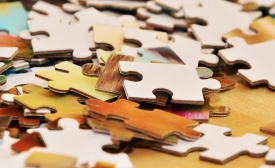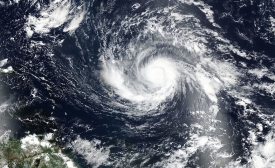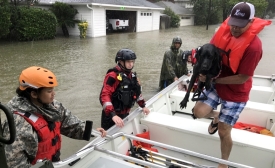disaster diplomacy

Saheli Bose of Seth Anandram Jaipuria College in Kolkata, India discusses opportunities for and barriers to disaster diplomacy in South Asia.

How has the coverage of natural disasters changed in the social media age?

Markos Kounalakis explores whether other countries will provide humanitarian aid for Texas in wake of President Trump's behavior.
Hospitals of Hope follows other operations in which Israel has sent aid to disaster-struck regions. In the present case, as in the past, Israel is calling upon its vast experience in the area of field medicine to aid another country in need.
Given the recent stories about Japan’s turn to nationalism, it is sometimes easy to forget how much Japan is influenced by pacifist sentiments. Indeed, even nationalists such as Abe Shinzo have found it necessary to dress up their policies in the language of pacifism. Thus, it is not surprising that Japan’s first National Security Strategy talks of a more “proactive contribution to peace.”
Public diplomacy through the distribution of aid has been a staple component of the public diplomacy strategies of various countries. This month we have seen numerous governments provide aid to the people of Haiti. Since the tragic earthquake of January 12, countless stories of aid diplomacy have appeared in the news.
A classic case of disaster diplomacy, where a disaster – here, leading to humanitarian aid – is used to move forward with diplomacy. As with North Korea, active decisions are usually made to scuttle any hope of disaster diplomacy. Without more commitment from all those involved in disaster and diplomacy efforts, disaster diplomacy is doomed to failure.
A new study by the Pew Global Attitudes Project poses the question: Does humanitarian relief improve America’s image. The answer is “not much,” or “not as much as one might hope.” While this may seem unfair, given that the United States spends some $4 billion annually on humanitarian relief, it is perhaps not surprising.







